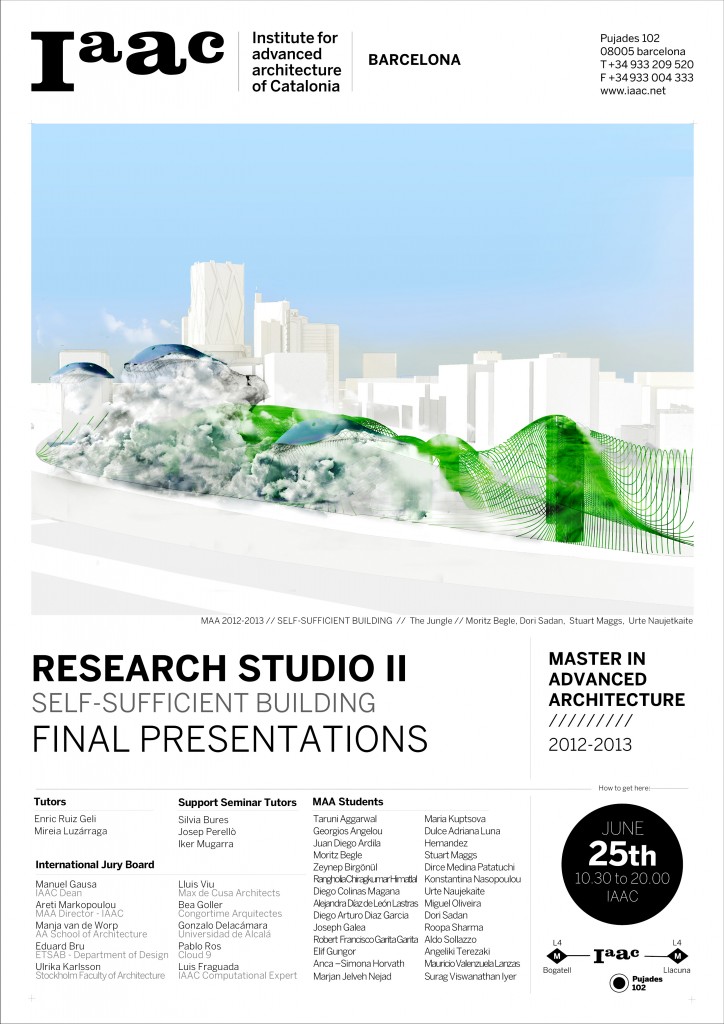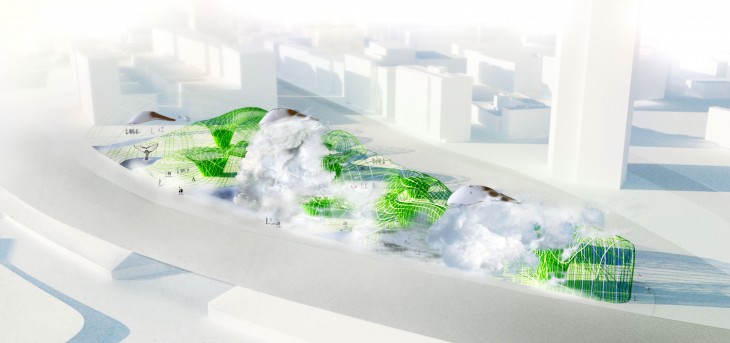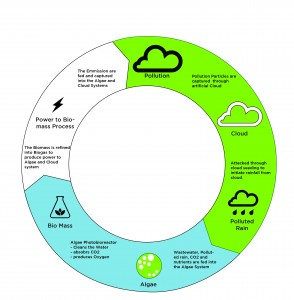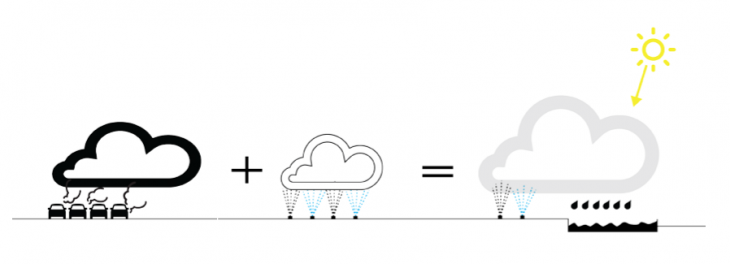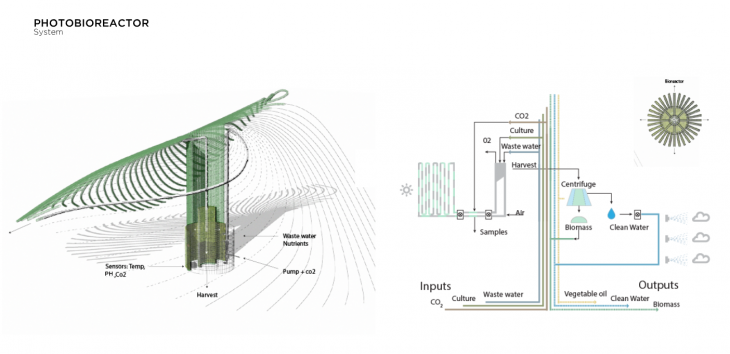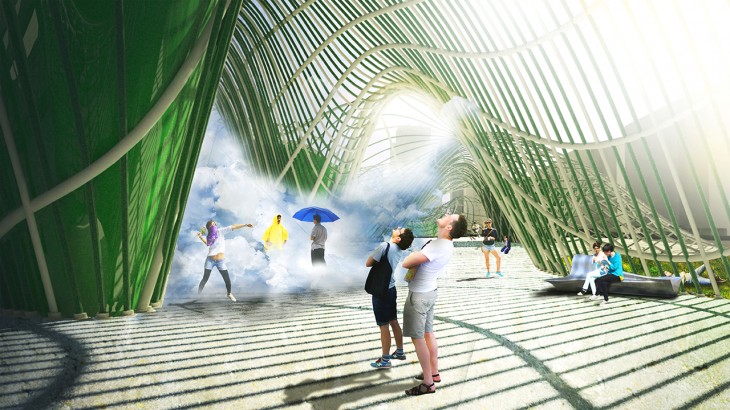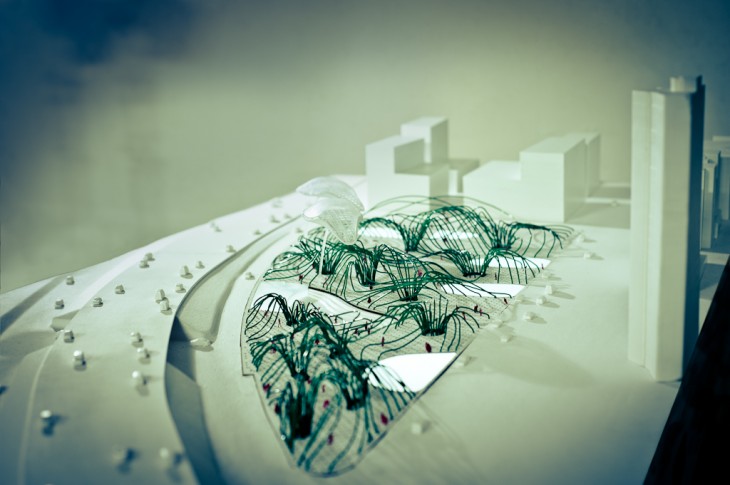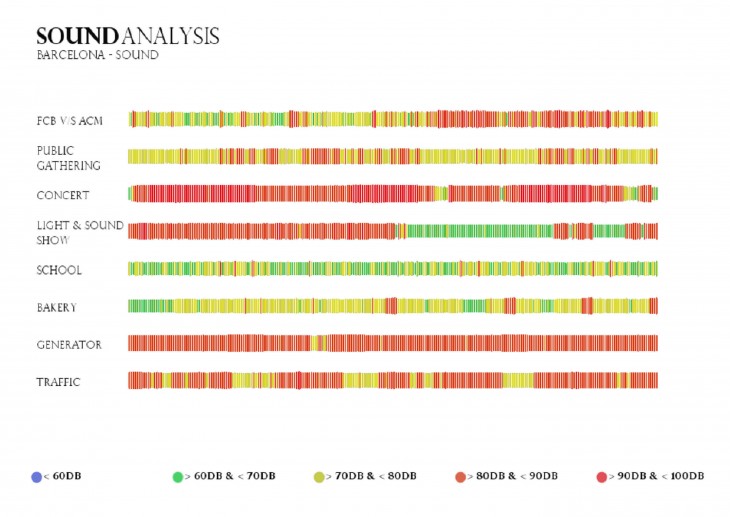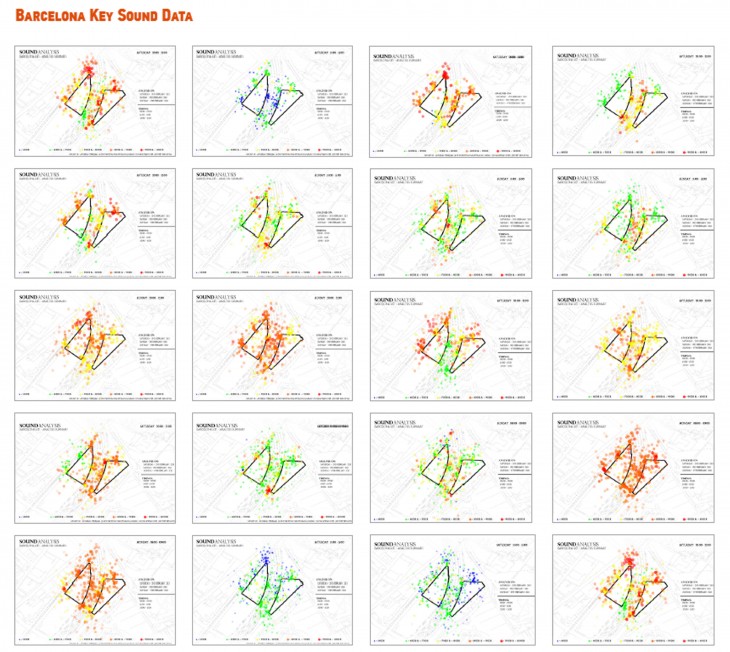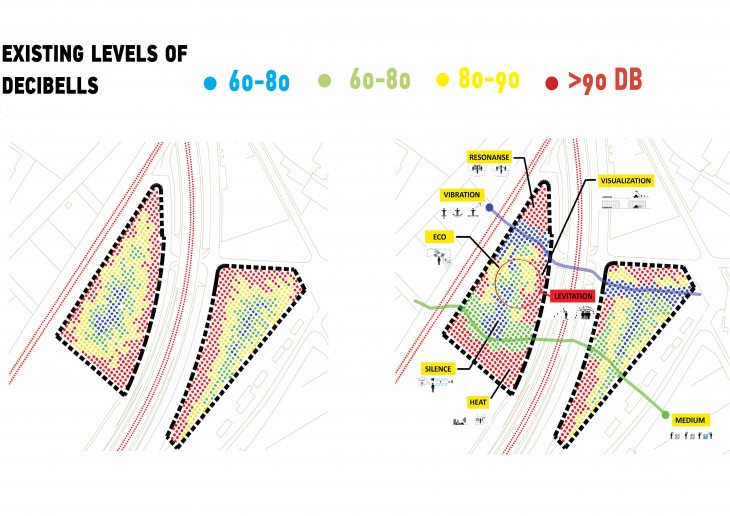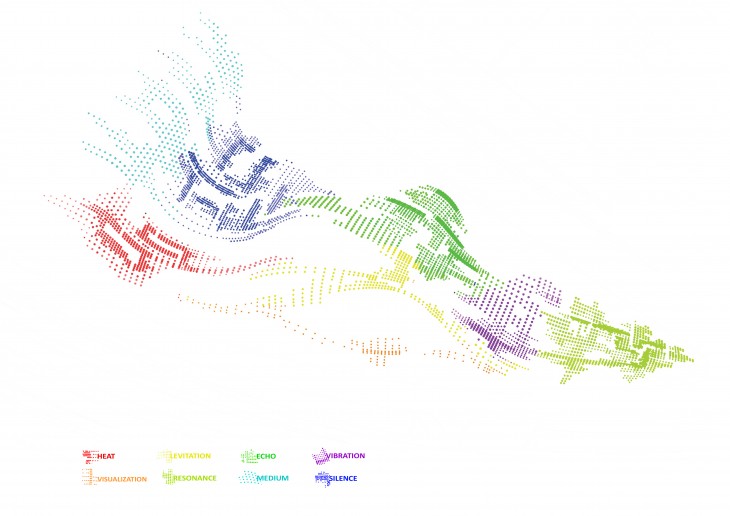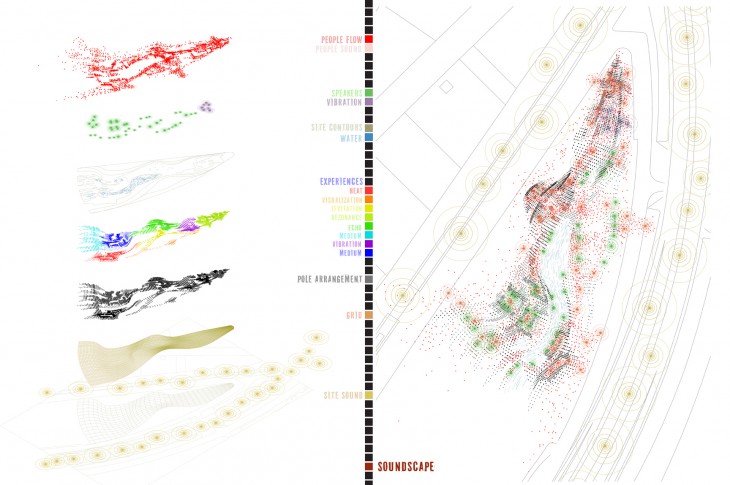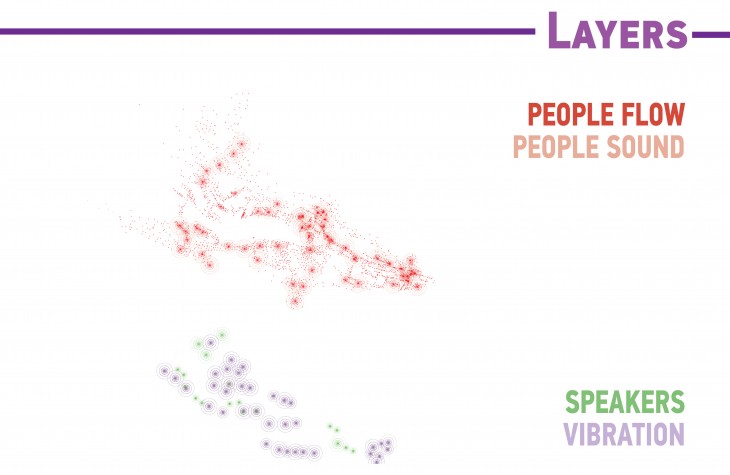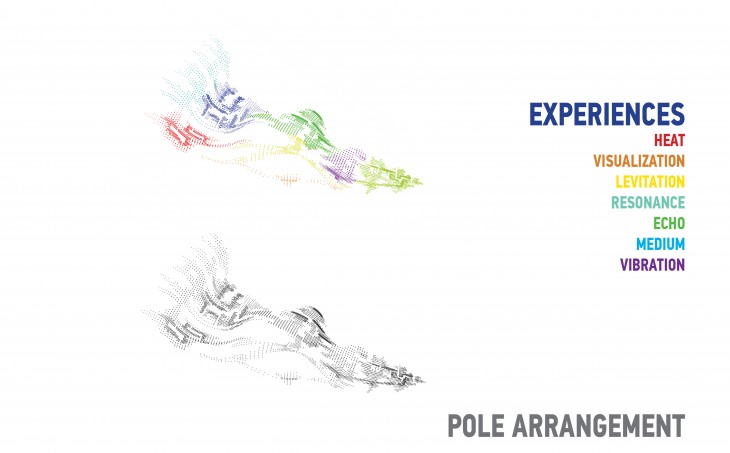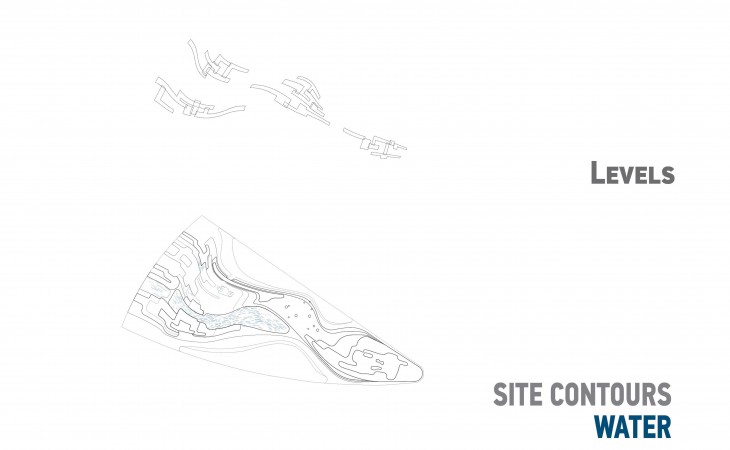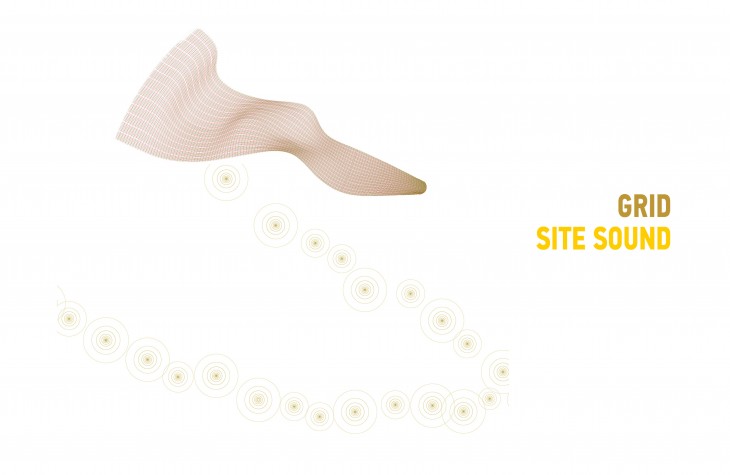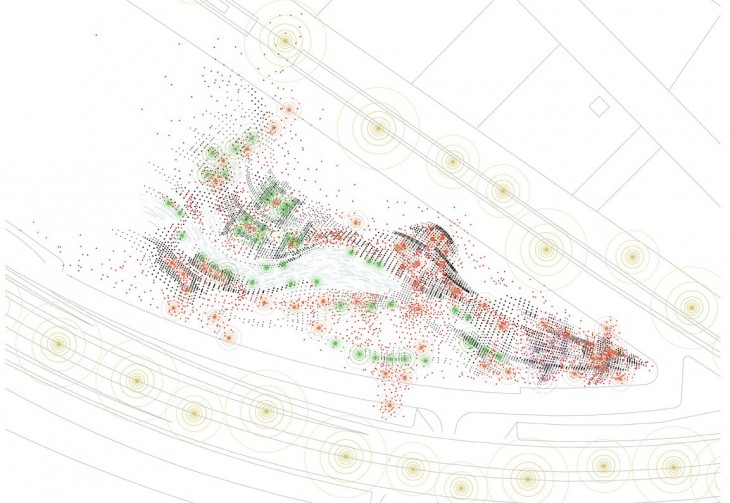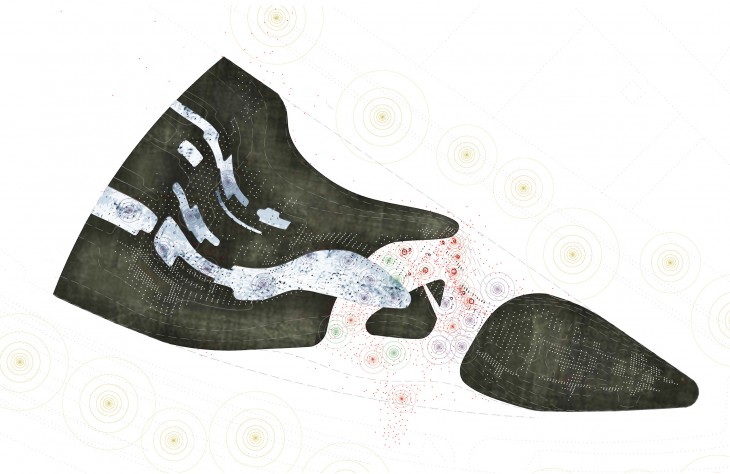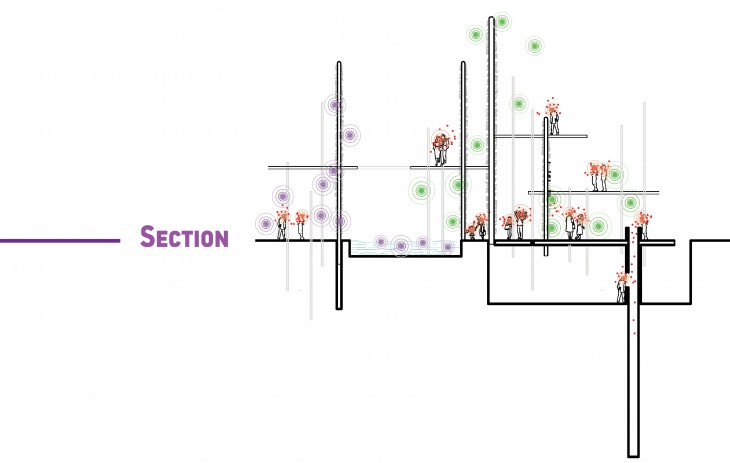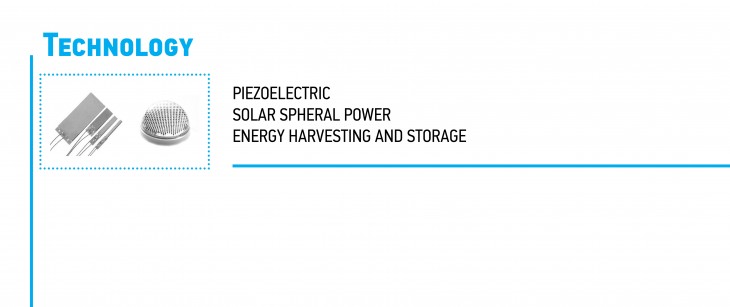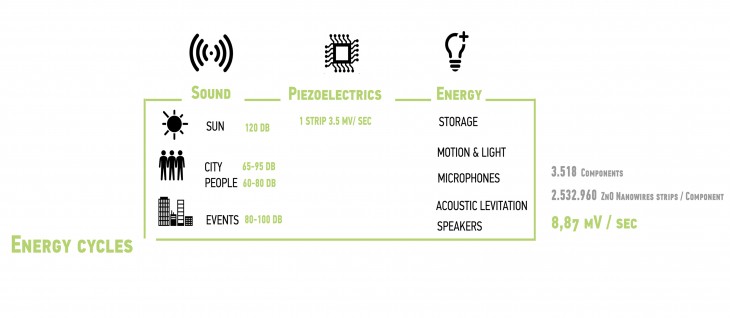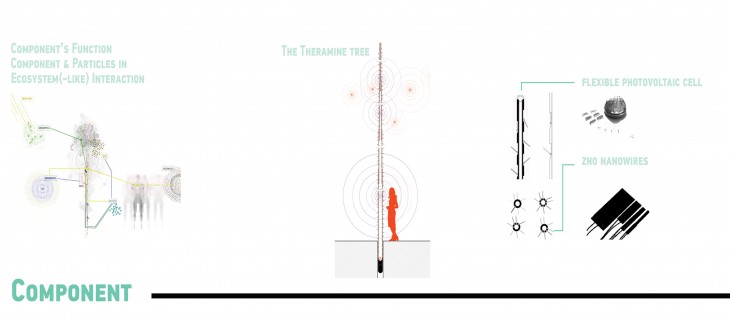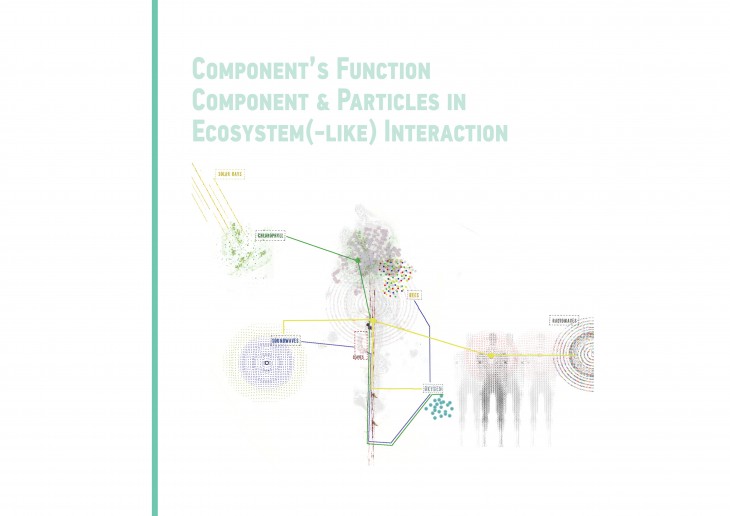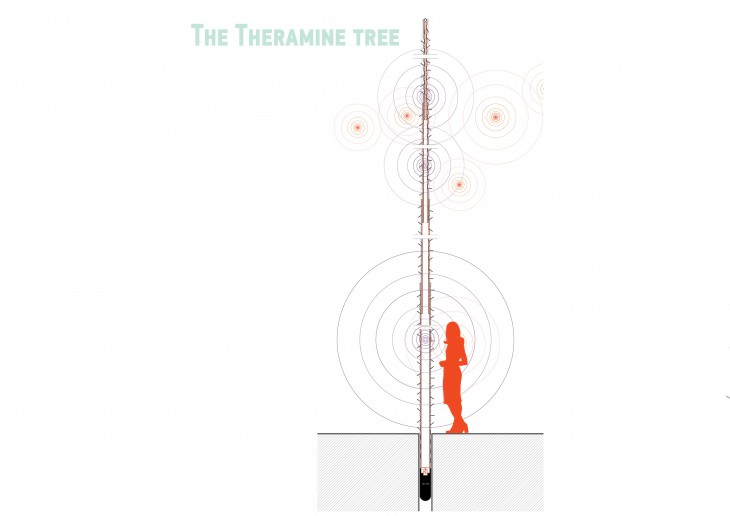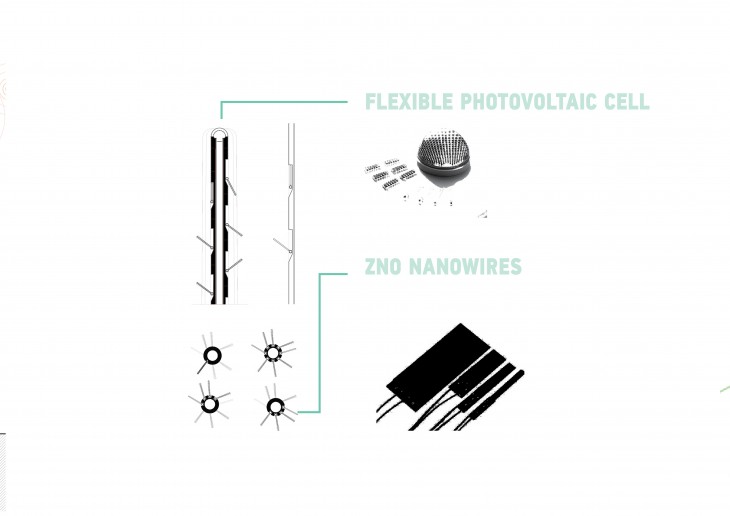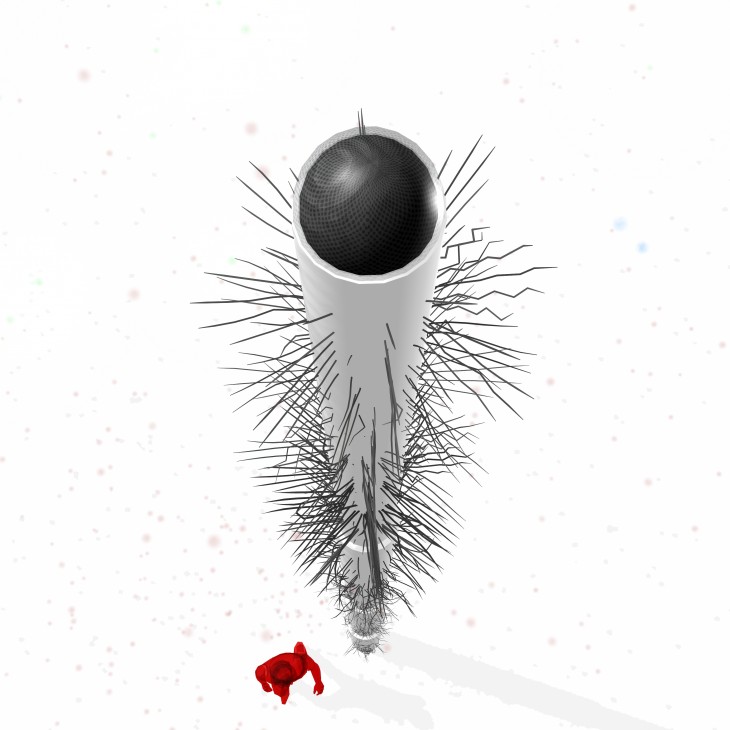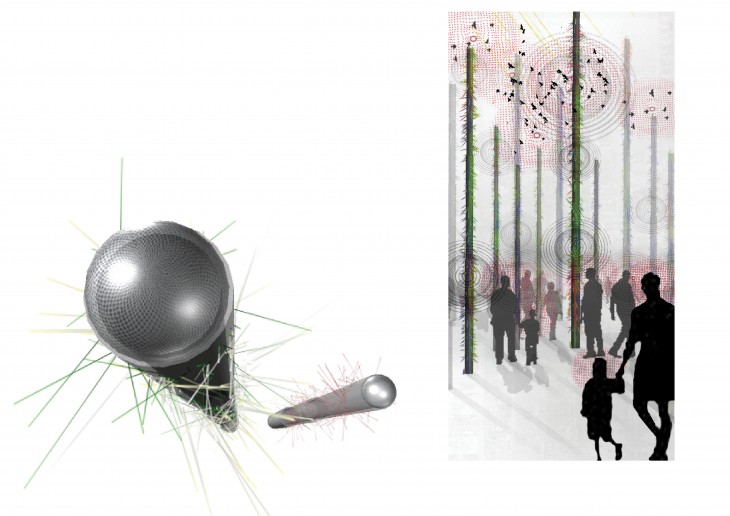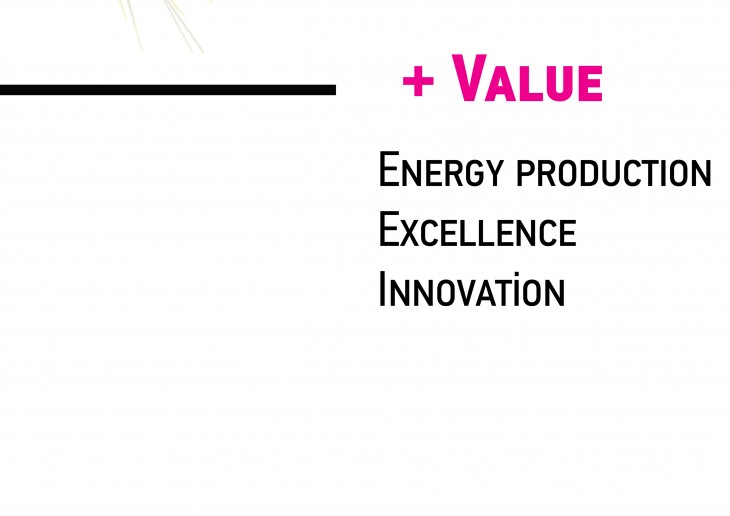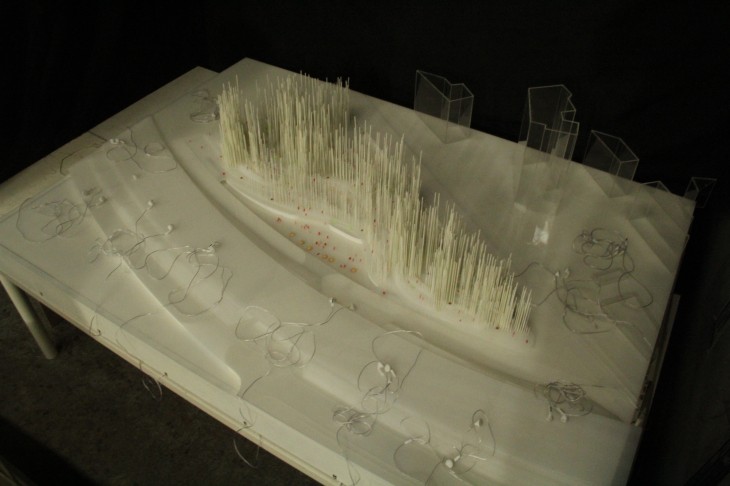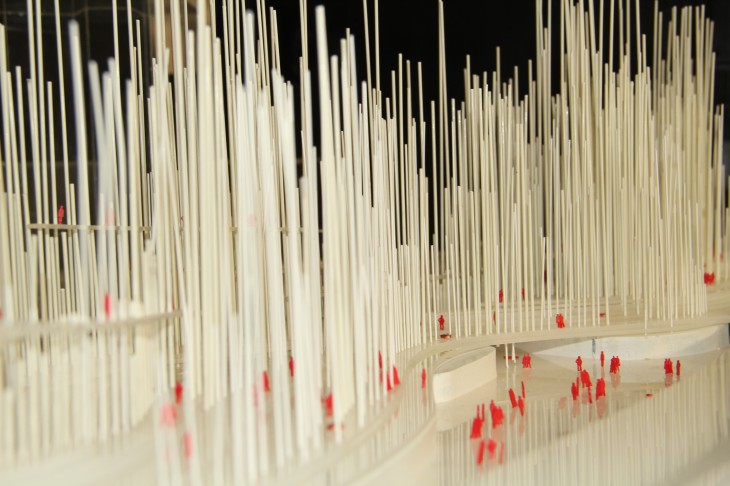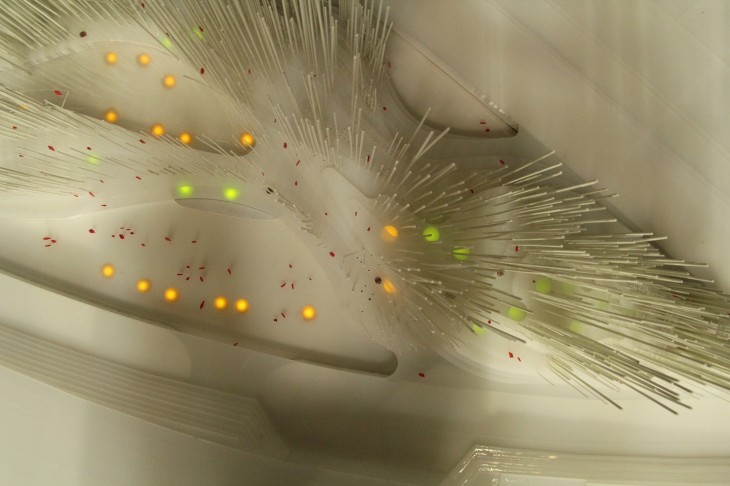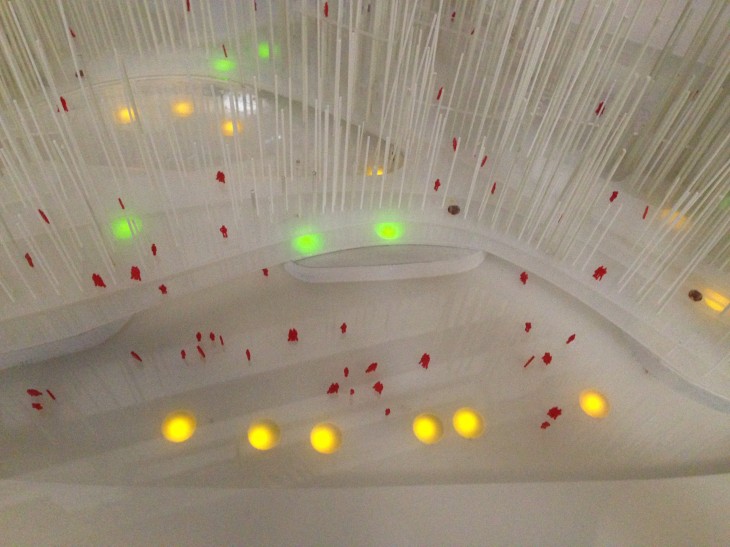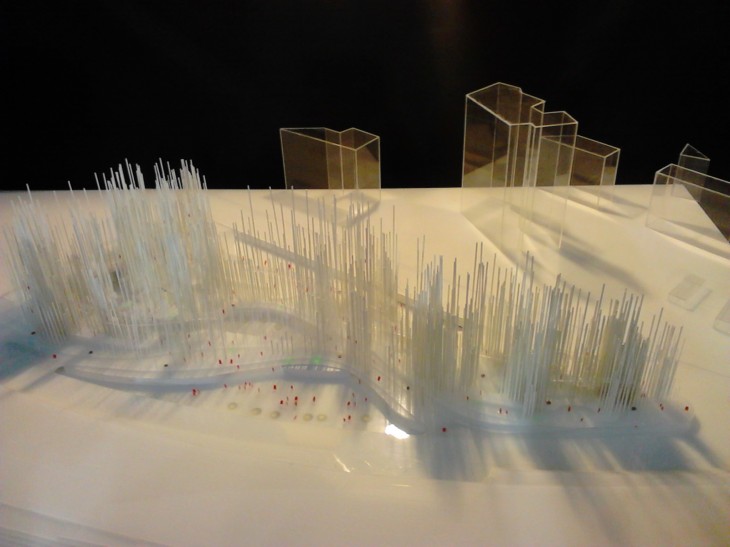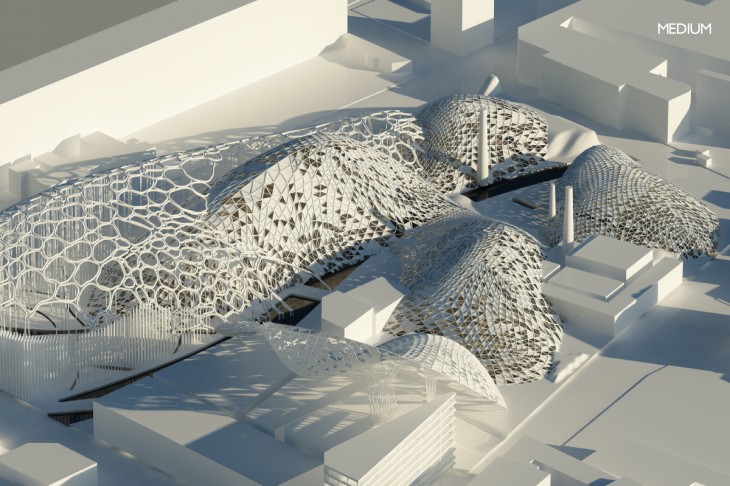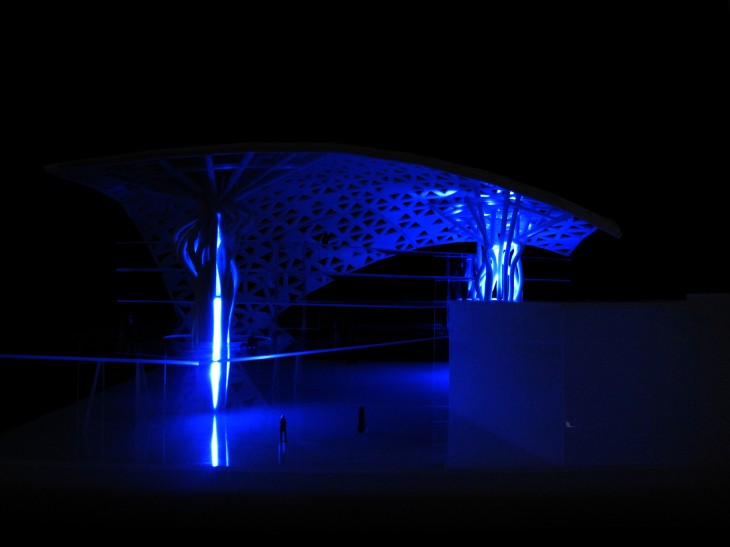Links
“Self-Sufficient Building” Research Line FINAL PRESENTATION!
Posted in Uncategorized Comments closed
Soundscape
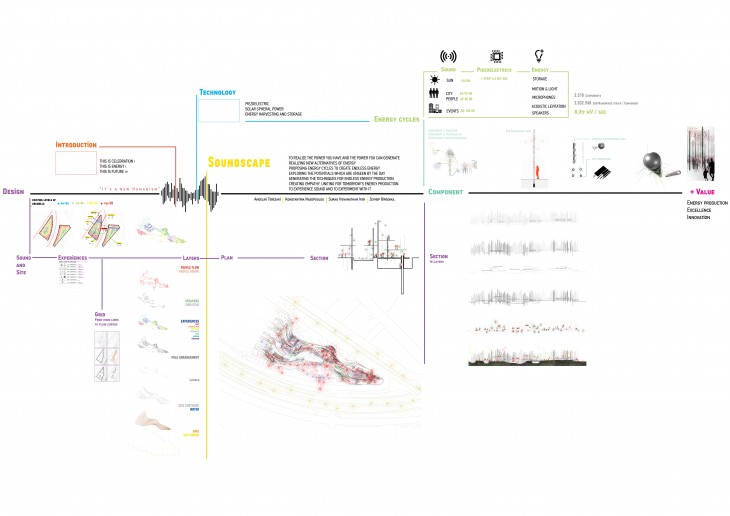
Soundscape is a landscape itself and sound is our building. The cloud of particles, sound waves and vibrations, there is a great potential for an extraordinary future… This is a celebration, this is an innovation, this is future… This is “a new humanism”. Basically, the project itself is an innovation. It is a proposal for future energy generation alternatives. We are focusing on piezoelectric technologies to develop them regarding using sound vibrations.
Sound is everywhere. When we go deeper in nano-scale; we can realize that every particle has its’ own movement, vibration and sound. Even our body, organs and movement have the specific vibes. Imagine capturing this great noise; and converting it to something incredible. Think, how our world will change if we can charge our devices with out own heartbeat. Realize how much you can produce if you cooperate with the other people. We are making people aware of their own potential power and uniting them on the way of producing more…
Our Soundscape is taking reference from Jeremy Rifkin’s Third Industrial Revolution, and it is theoretically applied to the project. As an ecolé, our project is a “power plant” which as it is own energy cycle and completely self-sufficient. All the consumption could be maintained by the expected sound production, converted to energy. ıt is very important to know the expectation and respond with the suitable amount of device, particles, technology and structural approach for our design. As we are particularly interested in really small scales, we needed to be more precise and depended into scientific values.
Introduction : http://youtu.be/QFffczQLqrg
Our project is called Soundscape; which is a open innovation area, regarding energy generation. Soundscape is located in Barcelona KEY Project site, which is a research and development project, so that, it is a great combination in order to responding the projects goal. Barcelona Key Project is located at the end of Avenue Diagonal, and it is the extension of Barcelona city. As a result of this, it is developing and mostly under construction. In cooperation with Barcelona City’s’ municipality, BCNKEY Project is all about knowledge and educational and economic up growth.
Coming to the analysis of Barcelona City, we mainly focused on economic and sound data of the city. The city is leading Spain, towards tourism, knowledge and economy and it is classified as 22nd best city in Europe regarding science in excellence and the top 10th city which; people mostly desire to live at.
Focusing on Barcelona’s sound data, it is obliviously seen that it is a highly noisy city. This issue could be classified as a negative point of a peaceful city, but in out case, this is not a matter of disadvantage, moreover, we want to have more sound and noise in the city, and turn our to be a benefit for our Soundscape Project. Sound and music is perfectly blended with the city atmosphere and it is a huge part of it. Even Barcelona’s economic turnover somehow consists of sound festivals, mainly called, Sonar Sound Festival and Primavera Sound Festival.
To explain the sound analysis more specifically; at the first step we searched for the most noise producing activities in Barcelona; such as schools, traffic, festivals, football games, and focused on their contribution to the sound pollution. According to the sound pollution survey of the Barcelona Municipality, we found out that music events and nightlife consists of more than %20 of the sound pollution, whereas traffic is only %4.
Apart from the survey, we measured Barcelona KEY sites’ sound input and also the citys’ activities in order to have the real-time data and mapping of sound. As a result, the sound levels appeared less than 60dB, if there is no activity and people interaction. Additionally, the weather analysis combined with sound data shows that, wind and rain contributes to the city sound input, with more than 50 dB, with more than 55 days per year.Barcelona Key sound levels can be classified as 3 categories; low, medium and high; following the numbers, 65 dB, 70 – 80 dB and 95dB, depending on the day, time, traffic, people interaction, activities and weather.
Finally, we did another analysis on our site regarding the sound; to calculate and theoretically propose the direction of sound, to make the basic decisions of our design, location and orientation. This analysis with arduino and sound sensor and visualized the directional sound data of our site.
Soundscape is an interactive space, working with cooperation and exploration. It is a free will, to choose your own path, and also realize your own power in your personal journey, moreover interacting with the others and creating empathy with all the participants and realizing the amount of power that can be generated with cooperation.
As the surrounding layer of all metaphors, sound is our building on our site. Sound is a bubble, which we live in, and it is a significant over if you know how to look and see it. More than being a space, we are proposing an experimental atmosphere, which you can live, feel, contribute, experiment and experience everything depended to sound. We are proposing 8 experiences on our site; such as, acoustic levitation, visualization, city sound footprint (heat with sound), echo, resonance mediums and presence of absence; which is silence. These 8 experiences are not only considered as understanding sound properties, but also creating empathy and interaction between participants, at the same time producing energy. In soundscape, you are expected to use all your senses beside hearing and sound making abilities, and cooperate with all the people there, to grow the energy produced.
In our case, if there is sound, there is the building. If there is the building, here comes energy production. That means, we only have to create some vibes, as our heart beats continuously.
As a result of the program; in our Soundscape, everybody is both creator, participant and power supply of new generation.
The table shows the experiences related to the source of sound that is introduced, the senses that are activated, the state of users (if they are active or passive) and the
number of people needed to participate for the best performance. Each experience has a value, a reason for which is implemented and it contributes to empathize people
with the sound energy production.
Grid: from rigid lines to fluid curves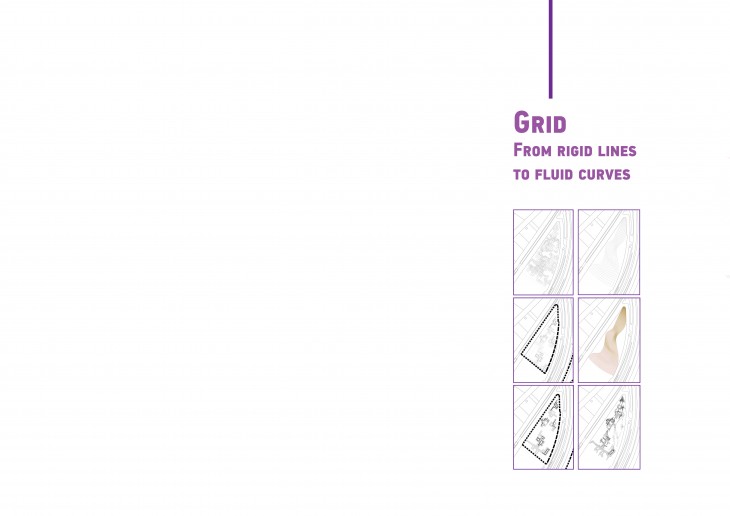
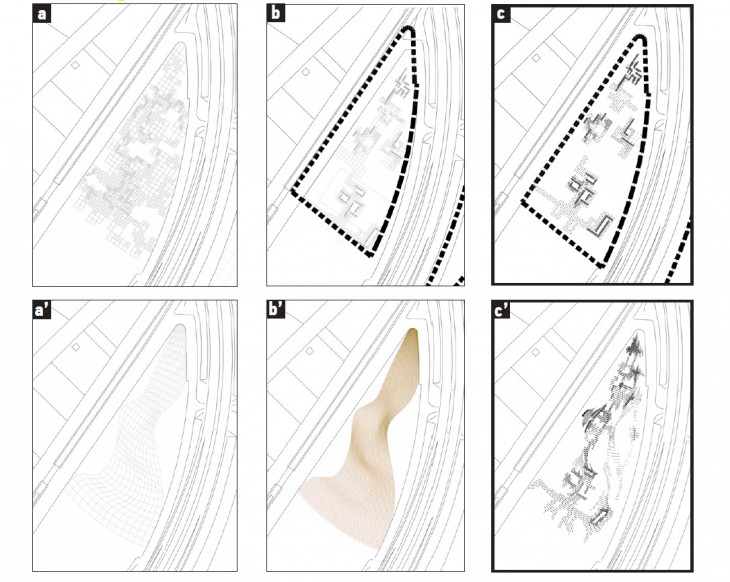
Layers
Water, People, Vibrations
Building with Sound
Sound is a wave. It needs a source to be produced, for our case people and the city, a medium to be vibrated. Main aim of design was from the bigining to play with these unseen and exciting properties of sound. So, rather than designing a typical building we started designing possible configurations of these sound layers.
Technology : http://youtu.be/qFL1T54wvfw
Our aim of this research was to find new ways to use the sounds that is caused in the city by various activity and produce energy. We found piezoelectric materials are the best material that can produce energy from vibration. Our major challenge was to prove them productive. We treated sound as a vibration and started applying sound of various frequency and amplitude.
We started our research of finding the best piezo material. Initially we used the piezo disc, which needs an external object to vibrate with sound and continuously tap on the discs. But the amount of energy produced by that was very low. Later as we continued the research we found researchers form Sungkyunkwan University (Republic of Korea) are generating new nanomaterials that can capture very minute vibrations and produce energy. They used zincoxide nanowires and graphene sheets. Using zincoxide nanwires they were able to produce 50mV. We even found piezoelectric fibre composite materials are capable of capturing vibrations and produce energy, study on this materials made to visit Department of Applied Physics, UPC. With the discussion with Diego Ocha we were able to understand the properties of the materials.
We started applying sound on the piezoelectric fibre composite material strips of varying width and found the one 54mm wide gave us more output of about 3.5 V/sec the maximum and was giving a output of about 1.75 V/sec on an average. This made us to use the materials as an important element for our design and we started developing a component.
Our component is a pole that behaves like the theremin music instrument. It reacts with the radiowaves of people, vibrating itself and producing sound. It is alive like a tree. It grows with sound and it is feeded with it. It captures solar heat and converts it into sound. As As was the case of dandelion it has leaves, thin and flexible ZnO nanowires, that vibrate with sound and produce energy.
The Component
The component that we came up was verticals poles with the strips that can change their height as per the real time sound around the site in order to capture maximum sound vibrations into the strips and even to control the effect of external sound into the site. Every pole were made up to 4 poles of reducing diameters for allowing the pole to go inside one other to have a free vertical movement to react to the real time sound data.
As per our design we ended up having around 3518 poles with each pole having around 2500 piezo strips. On an average every component can produce around 4375 V/sec and when you add up to the whole site, we can produce around 15391.5KV/sec.
The added value of Soundscape is proposing a new alternative to energy generation, which is sound. The aim is to make people be aware of their own potential power and they can be future energy generation devices. As we mentioned before, Soundscape is proposing an incredible potential for new human generation…energy is in the air, energy is within the particles, it is inside us… Soundscape is future…“it is a new Humanism…”
Posted in Angeliki Terezaki, Konstantina Nasopoulou, Surag Viswanathan Iyer, Zeynep Birgönül Comments closed
Social Innovation Incubator
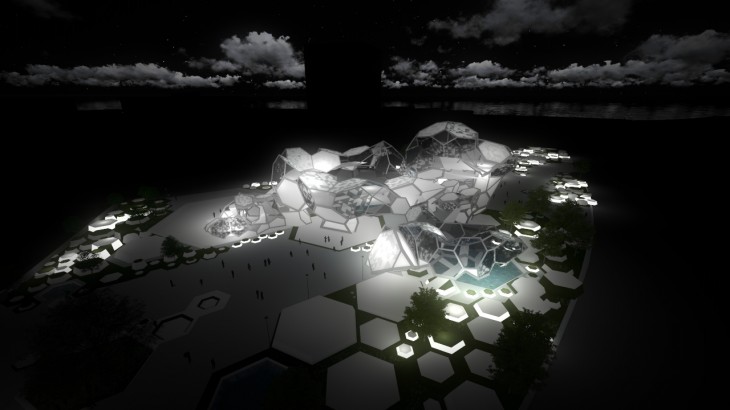 INTRODUCTION: The Unemployment Crisis in Barcelona
INTRODUCTION: The Unemployment Crisis in Barcelona
The beginning of the crisis is the end of the economic model based on carbon and oil. Science and technology advance fast. However, millions of jobs in manufacture and services were eliminated because they operate in THE old model that cannot support them.
We are living a revolution that links technology, communication and energy. To beat the crisis we need to live in this new paradigm, rely on innovation and create a knowledge society to organize the Third Industrial Revolution.
But who are these millions of jobs lost?
We have
*The workers whose technical abilities are now obsolete.
*The person with academic knowledge without a job
*The entrepreneurs whose companies are in crisis
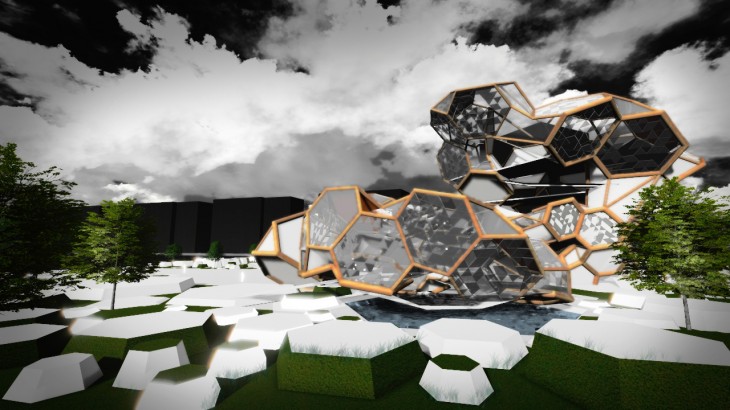 No matter their background, they’re left behind because they operate in the old economic model. Our SOCIAL INNOVATION INCUBATOR performs through an educational path and is set in a revolutionary environment, it gives people a platform to innovate and find their job opportunities.
No matter their background, they’re left behind because they operate in the old economic model. Our SOCIAL INNOVATION INCUBATOR performs through an educational path and is set in a revolutionary environment, it gives people a platform to innovate and find their job opportunities.
Let’s see how it works.
You have no job opportunities. You enter the Social Innovation Incubator and start a learning path
01 the building responds to the context and inspires innovation
02 you are introduced to advanced knowledge, tools and processes
03 you practice test and perform innovator projects
04 you connect to people in different levels and fields
05 you are motivated to now generate or find jobs
06 you come out to become a seed of innovation in the knowledge community
SOCIAL INNOVATION INCUBATOR: What is it?
In order to promote innovation, both the building itself and the processes happening around it, should be innovative. Therefore, we developed a Learning Methodology based on the analysis of several educational models and theories that were revolutionary in their times or are now shaping the new methods, paying specific attention to the Steiner Education and the Bauhaus.
The Learning Methodology of our SII is founded in 6 pillars: Contextual, Comprehensive, Adaptive, Active, Self and Know-how Learning. They allow the learners to count on a holistic approach, multidisciplinary and multilevel strategy, lifelong learning capacity, career and life project oriented education in a fast track learning. On the other hand, the Learning strategy allows 200 new learners to enter the SII every week and complete their learning path 3 weeks later.
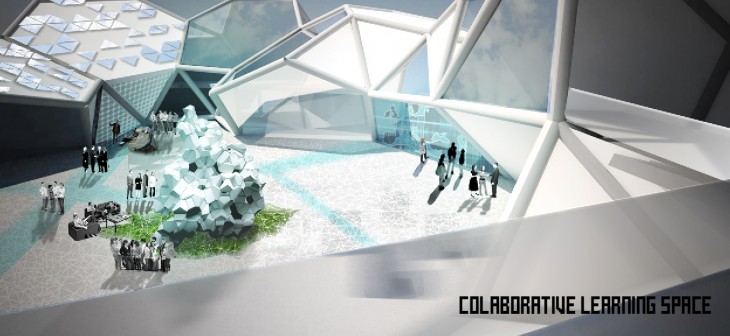
Posted in Aldo Sollazzo, Alejandra Díaz de León Lastras, Mauricio F Valenzuela Lanzas, Robert Francisco Garita Garita Comments closed
TEXTILE INNOVATION STARTUP CENTER
TEXTILE INNOVATION STARTUP CENTER
https://vimeo.com/68999725 - INTRODUCTORY VIDEO
(TISC) is the future of the textile industries.
This future Textile Industry is a true iconic gesture that responds to its renewal in terms of ETHICS, INNOVATION and SUSTAINABILITY.
Retrofitting the industry, the “Urban Fabric” is a three-dimensional mesh envelope based on cell organisation in plants that combines farming, photovoltaic panels, metal, fibers, water and technology.
https://vimeo.com/71499414 – IT’S ALL ABOUT PARTICLES VIDEO
This modulation from structure to plants, insulated to uninsulated, skin to nature, adapts to the seasons and reflects the environments of future activities.
https://vimeo.com/71499419 THE BUILDING AS A WATER PLANT VIDEO
The radicalness of the project marks the starting point of a new revolution in this industry.
https://vimeo.com/71499418- THE BUILDING
https://vimeo.com/71499412- REPLICATING MODEL IN THE WORLD

https://vimeo.com/71499409- MODEL IN ACTION
Posted in Diego Arturo Diaz Garcia, Dirce Medina Patatuchi, Dulce Adriana Luna Hernández, Juan Diego Ardila, Taruni Aggarwal Tagged architecture, energy, grasshopper, green facades, industry, innovation, model, parametric, responsive, self sufficient buldings, textiles, water Comments closed

